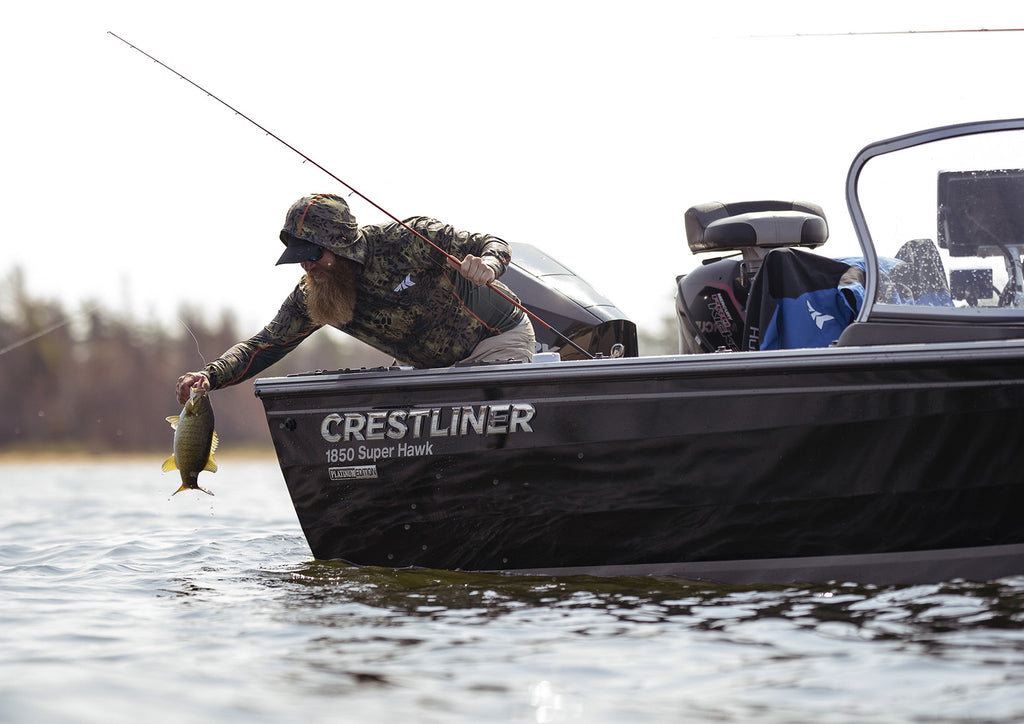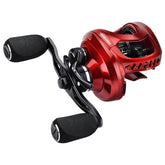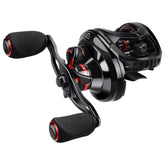
What Should Pay Attention To Fishing Bass In Summer
One of the things I look forward to the most is summer bass fishing. Unlike the winter bite, the summer presents a whole new way to fish that just makes it so much fun. Obviously, there is still the challenge of knowing where to be and how to find the fish but the odds are far reduced when the bass are eager to chase bait all over and move from a more lethargic state to one of active feeding. Spawning is generally pretty much over and it’s time to start feeding on the results of the spawn. The tastiest of meals, the babies of others or even perhaps your own. No matter, protein and the hunt are the only thing a bass is looking for.
There are several factors to pay attention to when you approach a body of water in the summer.
Keeping in mind that visibility is one of the priorities that any angler looks for to find a perfect spot. Many will keep searching until they find areas of drastic differences where there may be sun penetrating the water where there could be bait fish swimming around looking for landing insects or worms being revealed from the current churning up the soil underneath.
Look for structure or areas of dramatic light differences to find those bass waiting to ambush their next meal

This is why most of the professionals target deep cover or areas that have water movement in front of a fallen tree or brush area. In the summer, the water temperature is obviously warmer which activates all of the food chain from the smallest of insects to the largest of fish with their metabolism running at its highest peak to feed. At this time of the year the most active baits come alive with many anglers using things like crank baits. These popular baits not only present a simulated bait fish to a bass but can also emulate the activity of the fish with side-to-side motion and depending on the action of the rod, even some great action up and down the water column. Have you ever heard of the term “match the hatch?” This popular saying is simply based on fishing what the bass are used to seeing, in the size they are used to seeing and where they are used to seeing it. Another popular bait to use is what is called a jerk bait. These elongated baits normally have action on them that are imparted by the rod action and literally “jerking” the bait along the surface or just beneath the surface of the water to simulate a darting baitfish chasing some food or better yet, is injured and trying to swim away form a dangerous area. When talking about hard baits, I personally choose to use these types of baits over the next but I know that many find success with what are called chatter baits. Many have different opinions on these but to me they look very mechanical. I have not had much success on them in my area but these baits simulate some crustacean or baitfish with a larger metal blade on the front of them. I have seen several try and use them by casting and with a slow up and down pulse bring the bait in while working the column. The blade causes some incredible motion of the bait in the water while causing water movement around it that bass can sense.
Bladed jigs or Chatter baits make a great bait to use in the summer

More options that bass can’t resist are soft baits. These rubbery, silicone type baits have great action in the water and look so realistic that you can’t blame a bass for making the mistake and trying to feed on one. I particularly like using a drop shot setup where you tie a hook about 8-10” above the sinker. You cast and impart some action on the rig when reeling in. Simple enough! Action can be created by twitching the tip of the rod and varying the speed of the retrieve. Once again, like mentioned above try and match the hatch and simulate the natural food that would be present in the area you are fishing. Now, we all know that fishing is never an exact science. Countless hours can be spent fishing the same spots with success and what worked one day just does not work others. For the days where some of the staples are just not working, I thought I would mention some other baits that work well but based on the conditions can vary in effectiveness. First off is an old favorite, the Senko rig. This soft bait is basically a larger worm that can be rigged several ways. I prefer what’s called the wacky rig, where you insert the hook in the middle of the worm and work the worm slowly back with rod twitching to provide some action. Proven very effective, this sinking bait literally has it’s ends bounce up and down to attract a bass. Another favorite of mine that I don’t see often used are tube baits. I really think that bouncing a tube bait up and down while slowly varying the retrieve on my bait caster is an awesome way to hook up to a hungry bass. When fishing a tube it is important to think like a dying fish. A baitfish that is injured or just struggling swimming up and down in the water trying to find a place to hide. A tube can also look like a water bug or crustacean trying to get out of the water. Whatever the case, a tube bait is always in my tackle bag ready to give a try if the bass are just not going for anything else.












